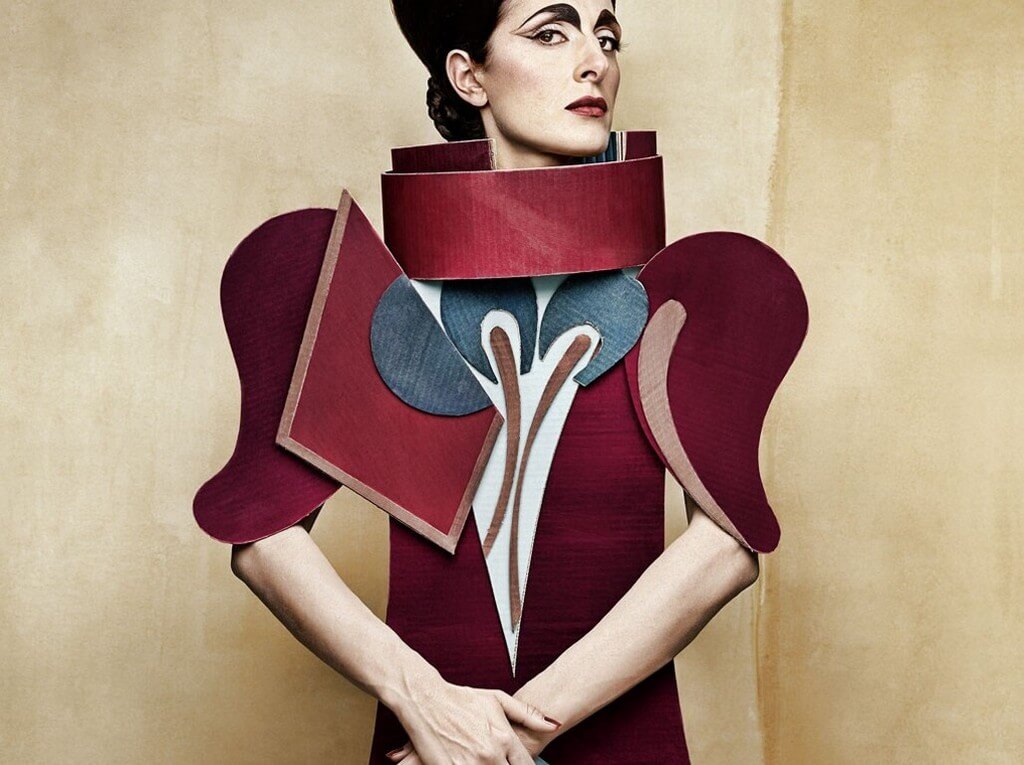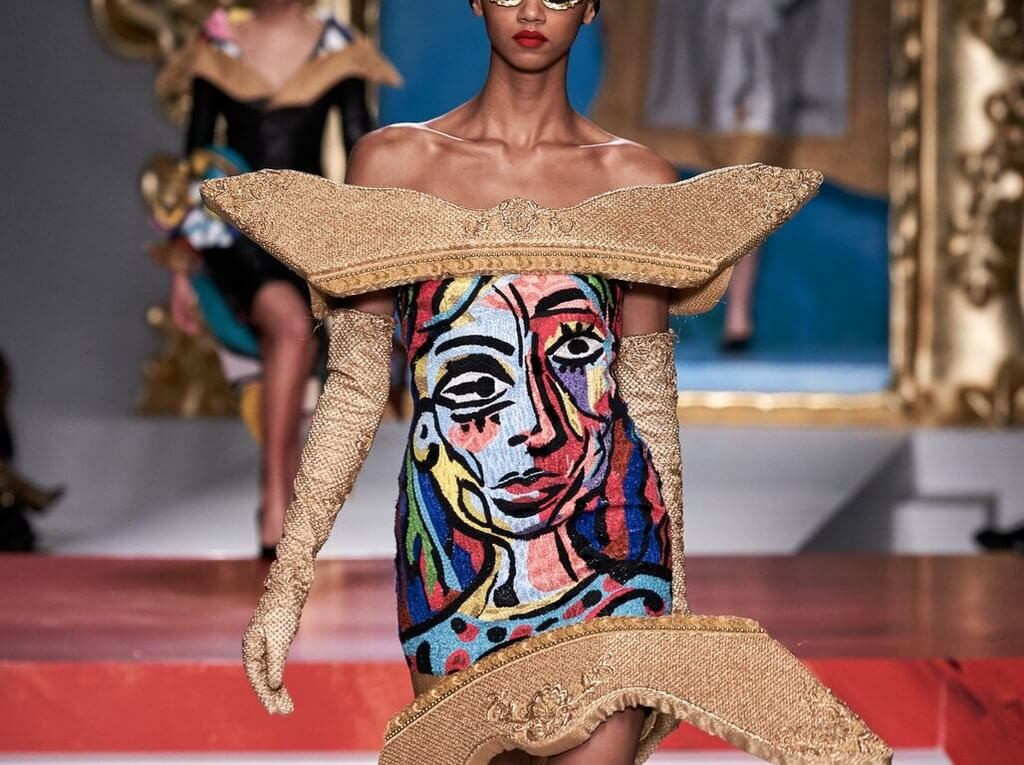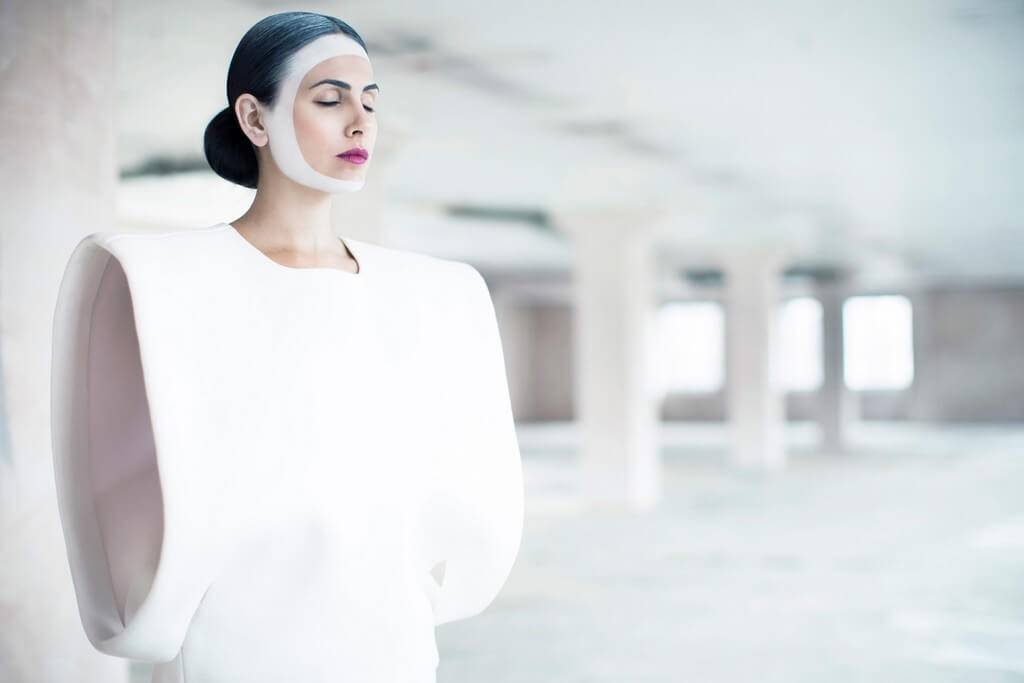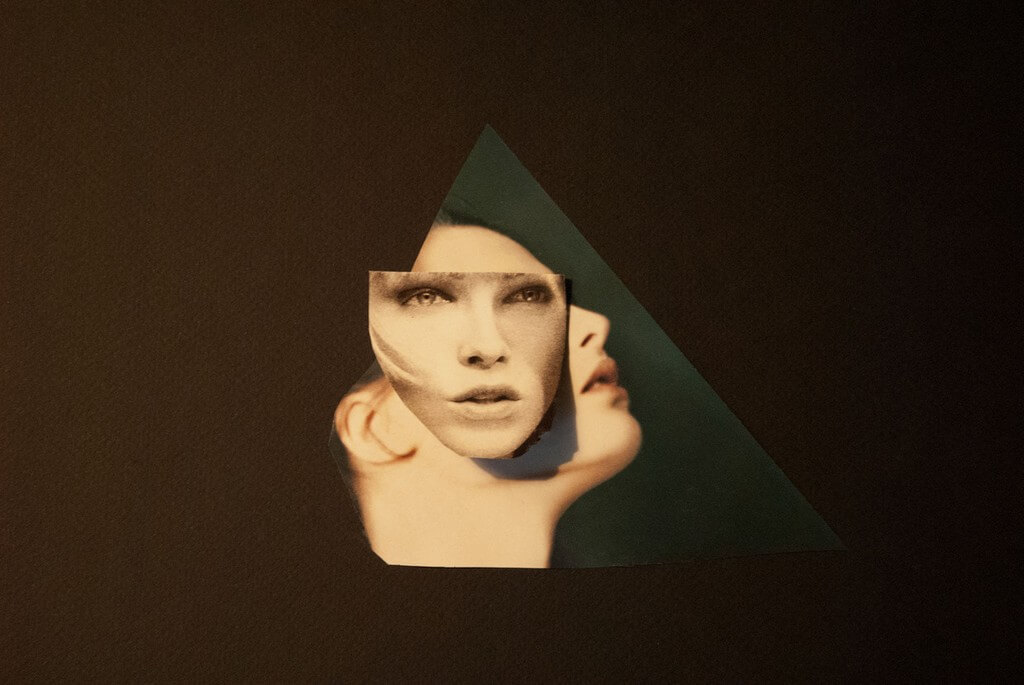Cubism In Fashion
13/12/2021 2023-10-30 18:19Cubism In Fashion
Cubism in fashion has been extensively honored by colorful artists since the 12th century, which has helped their artwork gain recognition till date. A while ago, an intriguing discovery had come into place with respect to accessories of geometric and cubist form at a Reserved store. These discoveries were inspired by cubism.

Cubism is one of the most asked abstract art movements. The author of Cubism is the well given artist, Pablo Picasso. The main focus of the movement of Cubism that took place in the 1920’s was tore-assemble ordinary objects in abstract geometric forms. Ever before, the cubist motif has become a hand hallmark in fashion. Every season, there’s a show to see all kinds of geometric prints and muted colours, abstract shapes and forms reflecting the images of cubist oils. The topmost contemporary fashion creator is the Viktor & Rolf brand among numerous others.
Cubism, a largely influential visual trade style of the 20th century that was created basically by the artists Pablo Picasso and Georges Braque in Paris between 1907 and 1914. The Cubist style emphasized the flat, two-dimensional face of the picture aeroplane, rejecting the traditional ways of perspective, foreshortening, modeling, and chiaroscuro and refuting time- feet propositions that art should imitate nature. Cubist painters weren’t bound to copying form, texture, colour, and space. Rather, they presented a new reality in oils that depicted radically fractured objects.

Cubism deduced its name from reflections that were made by the critic Louis Vauxcelles, who derisively described Braque’s 1908 work Houses at L’Estaque as being composed of cells. In Braque’s oil, the volumes of the houses, the spherical forms of the trees, and the tan-and-green colour scheme are evocative of Paul Cézanne’s geographies, which deeply inspired the Cubists in their first stage of development (until 1909). It was, still, Les Demoiselles d’Avignon, painted by Picasso in 1907, that prophesied the new style; in this work, the forms of five womanish buff come fractured, angular shapes. As in Cézanne’s art, perspective is rendered through colour, with the warm sanguine-browns advancing and the cool blues retreating.
The movement’s development from 1910 to 1912 is frequently pertained to as Analytical Cubism. During this period, the work of Picasso and Braque came so analogous that their oils are nearly indistinguishable. Analytical Cubist oils by both artists show the breaking down, or analysis, of form. Picasso and Braque favoured right- angle and straight- line construction, though sometimes some areas of their oils appear sculptural, as in Picasso’s Girl with a Mandolin (1910). They simplified their colour schemes to a nearly monochromatic scale ( tinges of tan, brown, argentine, cream, green, or blue were preferred) in order not to distract the bystander from the artist’s primary interest — the structure of form itself. The monochromatic colour scheme was suited to the donation of complex, multiple views of the object, which was reduced to lapping opaque and transparent aeroplanes. These aeroplanes appear to move beyond the face of the oil rather than to retire in depth. Forms are generally compact and thick in the centre of an Analytical Cubist oil, growing larger as they diffuse toward the edges of the oil, as in Picasso’s Portrayal of Ambroise Vollard (1909 – 10). In their work from this period, Picasso and Braque constantly combined emblematic motifs with letters; their favourite motifs were musical instruments, bottles, ewers, spectacles, journals, and the mortal face and figure.

Interest in this subject matter continued after 1912, during the phase generally linked as Synthetic Cubism. Workshop of this phase emphasize the combination, or conflation, of forms in the picture. Colour assumes a strong part in these workshop; shapes, while remaining fractured and flat, are larger and further ornamental. Smooth and rough shells may be varied with one another, and constantly foreign accoutrements, similar as journals or tobacco wrappers, are pasted on the oil in combination with painted areas. This fashion, known as collage, further emphasizes the differences in texture and, at the same time, poses the question of what’s reality and what’s vision.

While Picasso and Braque are credited with creating this new visual language, it was espoused and further developed by numerous painters, including Fernand Léger, Robert and Sonia Delaunay, Juan Gris, Roger de la Fresnaye, Marcel Duchamp, Albert Gleizes, and Jean Metzinger. Though primarily associated with oil, Cubism also wielded a profound influence on 20th-century form and armature. The major Cubist sculptors were Alexander Archipenko, Raymond Duchamp-Villon, and Jacques Lipchitz. The relinquishment of the Cubist aesthetic by the Swiss mastermind Le Corbusier is reflected in the shapes of the houses he designed during the 1920s.
Cubism is an essential part in the fashion history that teaches every aspiring pupil the significance of using principles of design in their artwork. The concept when introduced in the aspect of fashion, for every aspiring designer it is important to understand the basics to incorporate them in the design perfectly. At JD Institute of Fashion Technology, the students are given theoretical knowledge along with efficient practical understanding on the concept and ways to incorporate it with traditional design thinking ideologies. The various fashion courses, from Undergraduate programs to MSc programmes in fashion design, bring about the various concepts that are trending in the industry, preparing the students to be able to solve any issues that arise during the design thinking processes.













